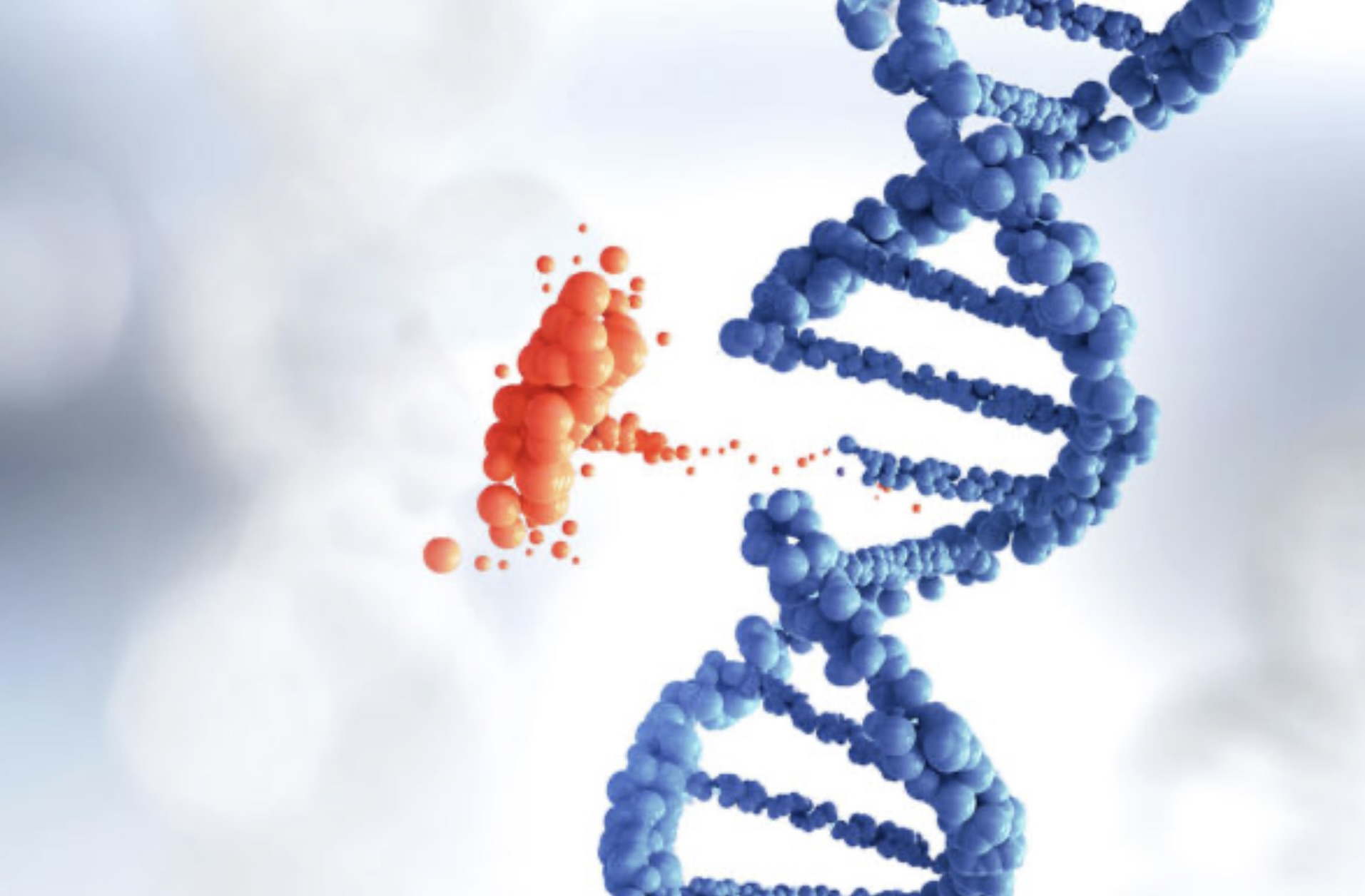Primary Ciliary Dyskinesia: Symptoms, Causes, Treatment
What are the symptoms of primary ciliary dyskinesia?
Primary ciliary dyskinesia (PCD) is a rare, genetic disorder that affects the function of cilia—hair-like structures that line the respiratory tract, ears, and other parts of the body. Symptoms of PCD can vary widely among individuals, but may include:
- Chronic Respiratory Symptoms: Persistent cough, wheezing, and recurrent respiratory infections, such as sinusitis, bronchitis, and pneumonia, due to impaired ciliary function in the respiratory tract.
- Ear Infections: Recurrent ear infections (otitis media) due to impaired ciliary function in the ears.
- Nasal Symptoms: Chronic nasal congestion, sinus infections, and postnasal drip.
- Chronic Sinusitis: Frequent or chronic sinus infections due to impaired ciliary function in the sinuses.
- Chronic Otitis Media: Recurrent or chronic middle ear infections due to impaired ciliary function in the ears.
- Fertility Issues: Reduced fertility in males due to impaired ciliary function in the sperm cells, leading to immotile sperm.
- Situs Inversus: In some cases, individuals with PCD may have a condition called situs inversus, where the organs in the chest and abdomen are mirrored from their normal positions.
- Respiratory Distress in Newborns: Some newborns with PCD may experience respiratory distress shortly after birth.
- Clubbing of Fingers and Toes: In advanced cases, clubbing (enlargement and rounding) of the fingertips and toes may occur.
It’s important to note that symptoms of PCD can overlap with other respiratory conditions, so a thorough evaluation by a healthcare professional, often including specialized testing, is necessary for an accurate diagnosis. Early diagnosis and management of PCD are crucial to prevent complications and improve quality of life.
What are the causes of primary ciliary dyskinesia?
Primary ciliary dyskinesia (PCD) is a genetic disorder caused by mutations in genes that affect the structure or function of cilia—hair-like structures found on the surface of cells throughout the body. These cilia play a crucial role in various physiological processes, including mucociliary clearance in the respiratory tract, movement of eggs in the female reproductive tract, and coordination of fluid movement in the brain ventricles.
The genetic mutations associated with PCD can result in abnormalities in the structure or function of cilia, leading to impaired ciliary motility (movement) or function. As a result, individuals with PCD may experience problems with mucociliary clearance in the respiratory tract, leading to chronic respiratory infections, sinusitis, and other respiratory symptoms.
PCD is primarily inherited in an autosomal recessive manner, meaning that an individual must inherit two copies of the mutated gene (one from each parent) to develop the condition. However, in some cases, PCD may be inherited in an autosomal dominant manner, where a single copy of the mutated gene is sufficient to cause the disorder.
Several genes have been associated with PCD, and mutations in these genes can lead to defects in ciliary structure, assembly, or function. Some of the genes commonly associated with PCD include:
- DNAH5 (Dynein Axonemal Heavy Chain 5)
- DNAI1 (Dynein Axonemal Intermediate Chain 1)
- DNAI2 (Dynein Axonemal Intermediate Chain 2)
- CCDC39 (Coiled-Coil Domain-Containing Protein 39)
- CCDC40 (Coiled-Coil Domain-Containing Protein 40)
However, mutations in other genes may also contribute to the development of PCD. The specific genetic cause of PCD can vary among individuals, and genetic testing may be necessary to identify the underlying genetic mutation.
It’s important to note that PCD is a rare disorder, and more research is needed to fully understand its genetic causes and mechanisms. Early diagnosis and management of PCD are crucial to prevent complications and improve quality of life for affected individuals.
What is the treatment for primary ciliary dyskinesia?
Treatment for primary ciliary dyskinesia (PCD) aims to manage symptoms, prevent complications, and improve quality of life. The treatment approach may vary depending on the specific symptoms and severity of the condition. Some common treatments for PCD include:
- Airway Clearance Techniques: These techniques help clear mucus from the airways and reduce the risk of respiratory infections. Techniques may include chest physiotherapy, postural drainage, and the use of devices such as oscillating positive expiratory pressure (PEP) devices or high-frequency chest wall oscillation (HFCWO) devices.
- Antibiotics: Antibiotics may be prescribed to treat respiratory infections caused by bacteria. Prophylactic (preventive) antibiotics may also be considered for individuals with recurrent infections.
- Mucolytic Medications: Mucolytic medications help thin and loosen mucus, making it easier to clear from the airways.
- Bronchodilators: Bronchodilators may be used to help open the airways and improve breathing.
- Nasal Decongestants: Nasal decongestants may be used to relieve nasal congestion and improve airflow.
- Surgical Interventions: In some cases, surgical interventions such as sinus surgery or tympanostomy (ear tube placement) may be necessary to treat chronic sinusitis or recurrent ear infections.
- Management of Other Symptoms: Additional treatments may be recommended to manage other symptoms of PCD, such as fertility issues, situs inversus, or clubbing of the fingers and toes.
- Regular Monitoring and Follow-Up: Regular monitoring by a healthcare team experienced in managing PCD is important to monitor lung function, assess for complications, and adjust treatment as needed.
It’s important for individuals with PCD to work closely with a healthcare team, including pulmonologists, otolaryngologists (ear, nose, and throat specialists), and other specialists, to develop a comprehensive treatment plan. Early diagnosis and management of PCD can help prevent complications and improve long-term outcomes.




